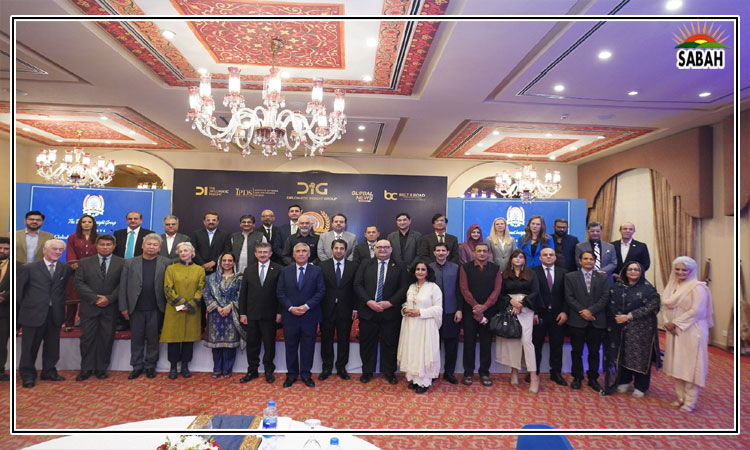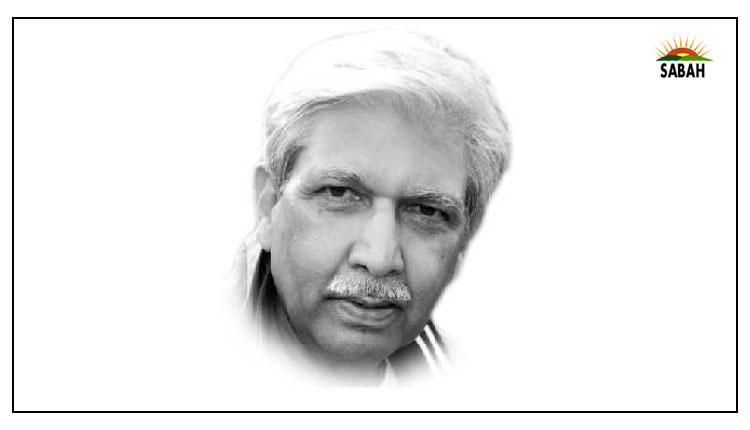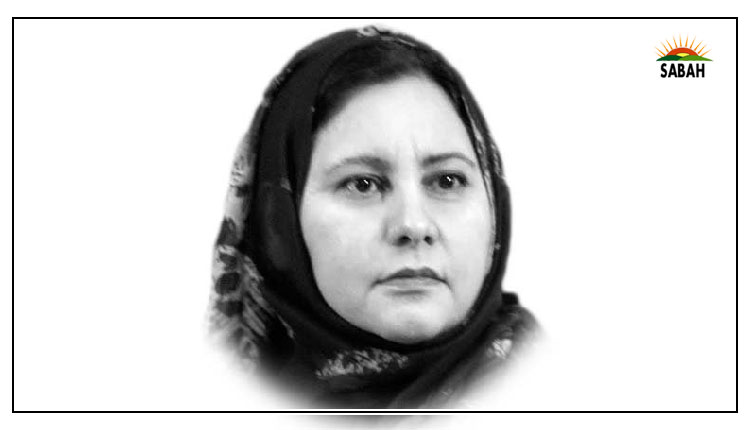Learning from Vietnam’s transformation…Jazib Mumtaz
The re-organisation of Vietnams economic structure that started in 1986 encourages industrialisation through private investment. New reforms were initiated and new laws were enacted to bring private capital into the economy. State Owned Enterprises (SOEs) were revamped through equitisation. Focus on productivity and efficiency was enhanced, which led to growth in industrial production. Priority was given to heavy industries, which were exclusively led by SOEs. Development of the prioritised sectors was planned. The manufacturing sector was preferred for domestic demands whereas labor-intensive industries were encouraged for exports. However, industries were mostly protected with tariffs, non-tariff barriers, quotas, and duties.
From 1986 to 2005, a dualistic policy of protectionism was followed with a continued focus on specific sectors. The manufacturing sector becomes the instrumental sector in exports. SOEs remained inefficient in industrial production, with low labor productivity. The tariff structure was fine-tuned but with a trend towards selective protectionism. The restrictions on imports acted as a tax on export production. They increased the cost of inputs to all industries thereby reducing the relative profitability of exporting firms compared to production for the domestic market.
The import substitution policies failed to provide supplies to industries including export-oriented sectors. The export sectors dependency on imports increased. With a high tariff structure, inputs for the export sector become expensive, negatively affecting the export sectors competitiveness. Industrial policies failed to facilitate the firms activities sufficiently. In 1991, duty rebate schemes were introduced. The objective was to provide duty-free access to imported intermediate inputs for export industries. The government passed laws that established duty-free zones called export processing zones (EPZs). Firms willing to operate in EPZs were incentivised with duty-free access to inputs and tax concessions.
Vietnams accession to WTO was completed in 2007. It signed several agreements with various countries, further strengthening its integration into the world economy. Various free trade and bilateral agreements were signed after 2007. The tariff structure was reorganised with the sustained reduction in weighted average tariffs. Weighted average tariff declined significantly with the highest contribution coming from the textile clothing and footwear category. Since 2014, Vietnam has made efforts to conclude many free trade agreements (FTAs). As of August 2021, Vietnam has officially joined 15 FTAs, including six ASEAN FTAs with regional partners and the Regional Comprehensive Economic Partnership. Vietnam has followed a market-based exchange rate policy since the implementation of the reforms. The local currency continues to depreciate at a steady average of 3% whereas exports grew by 18% from 2001 to 2017. Therefore, floating exchange remains to be the foremost policy with consistency to support export growth in the long run.
Today, Vietnam is one of the fastest growing economies in the world. According to General Statistics Office (GSO) Vietnam, the countrys GDP grew by 8.02% in 2022. Vietnams per capita income has now reached $3,756 higher than India, Pakistan and Bangladesh. Understanding all these policy initiatives taken by Vietnam, one can realise that Pakistan should proceed with policy reforms. Moving away from import substitution and protectionism, and pursuing trade liberalisation along with a market-based exchange rate could become a foundation for Pakistans export growth miracle. Pakistan should initiate the privatisation of SOEs and promote small enterprises to develop its industrial base. Land reforms in the agriculture sector would improve farm productivity along with the induction of technology and innovation.
Courtesy The Express Tribune












